What’s in your toolbox? Yoga breathing techniques
3I signed up for a yoga class in the past titled something like Yoga for the changing seasons that promised to address the energetic and physiological changes that occur during different seasons. Awesome, I thought, there will be a lot of breath work! Turns out, nope, there was a lot of talk about energy, but no pranayama in sight. That saddens me. Breath is the most direct and obvious tool we have to affect our energy and physiology. Asanas can be useful, too, but more in a supportive role.
Last week we discussed when it would be useful to organize a practice around yoga breathing. This week we will cover the types of yoga breathing techniques that we can choose from and what sort of preparation they require.
First let’s make a distinction between two important terms: pranayama and breath adaptation in asana. Technically, pranayama is something you do with your breath in a seated position for the purpose of life force (prana) expansion (ayama). There are, or course, different intentions behind specific practices, but there are two qualities they share according to Patanjali (Sutra 2.50): pranayama makes the breath longer (dirgha) and more subtle (sukshmah). Which means that certain things that we usually think of as pranayama practices (like Kapalbhati, for example) are not pramayama, but Kriyas (cleansing practices).
Breath adaptation in asana, on the other hand, is exactly what it says it is – you change your breath somehow WHILE doing asana. For example, you want to work with ratios and decide to hold the breath in for couple of seconds and then hold it out for couple of seconds. If you do it in a Warrior pose or whatever, it will be breath adaptation in asana. If you do it in a seated position with primary focus on the breath, it will become pramayama. Usually we do breath adaptation in asana before we do pranayama to prepare both the breath and the mind.
Here are the options that we have when it comes to yoga breathing techniques (we call it yoga teacher’s toolbox). Some of those breathing practices can be done in both Asana and Pranayama, and others only during Pranayama.
Each one of those yoga breathing techniques techniques will require some sort of preparation for both body and breath. If you want to spend some time doing pranayama, you need to make sure that your students are comfortable in a sitting position and don’t get distracted by physical discomforts. This means that you would need to prepare the lower back, upper back, neck and hips for sitting. In addition, some of those techniques require specialized preparation. For example, if you are planning to do Nadi Shodhana (Alternate nostril breathing), you know that the student will be holding the arm up for some time while working with the nostrils. Quite often that causes the students to pull the shoulder up and strain the neck. So we need to do some warming up for the neck and shoulder to minimize the stress. Since Nadi Shodhana involves working with the right and left nostril for the purpose of balancing the system, it would be useful to include the movements that facilitate right-left brain integration. And, of course, we would need to lengthen the breath during asana practice to make Nadi Shodhana more effective.
So there is some thought and planning that goes into creating an effective yoga breathing practice. Next week we will discuss the step-by-step process of designing a breath-centered yoga practice. Tune in!
![]()
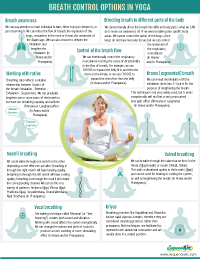
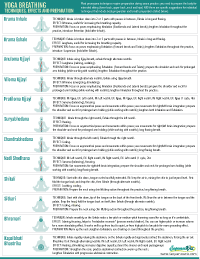
Log in to your Sequence Wiz account to get The Breath Control Options in Yoga handout (pdf)
It also includes Yoga Breathing: Techniques, Effects and Preparation handout with suggestions on how to prepare the body and breath for each individual technique.
Learn more about the membership![]() [jetpack_subscription_form]
[jetpack_subscription_form]

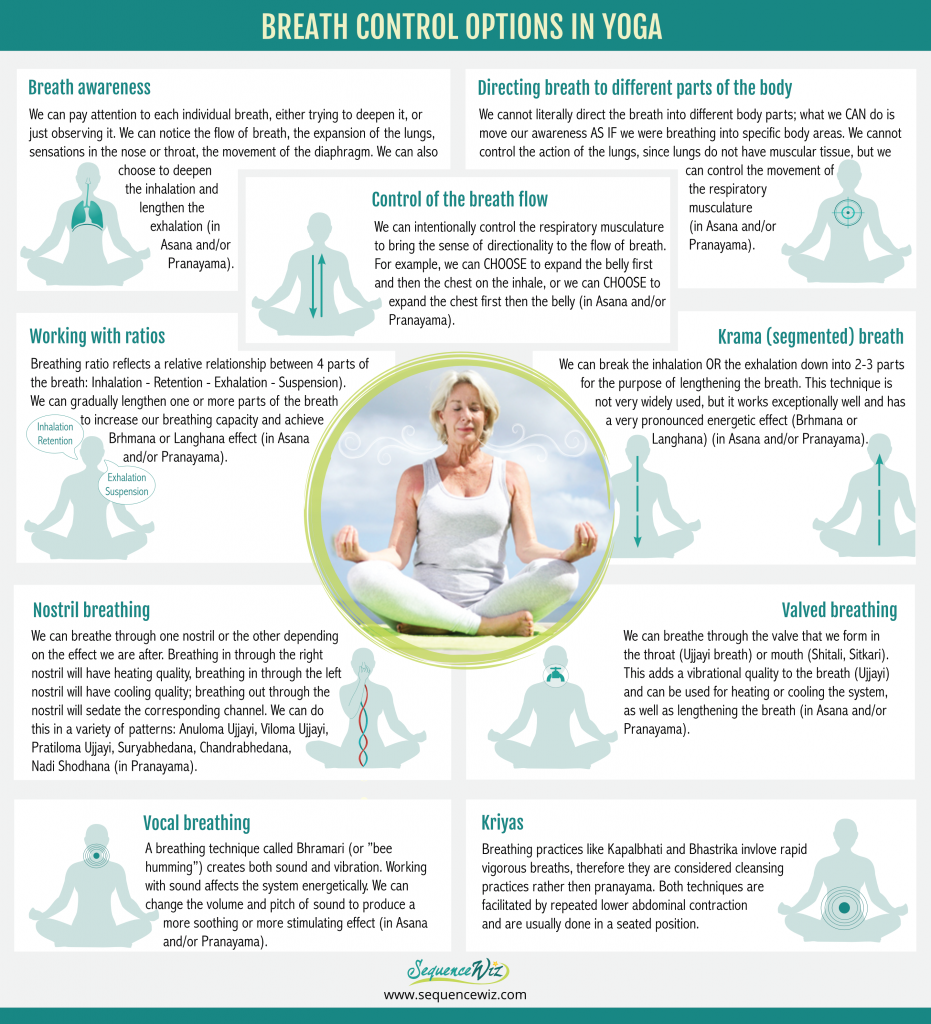
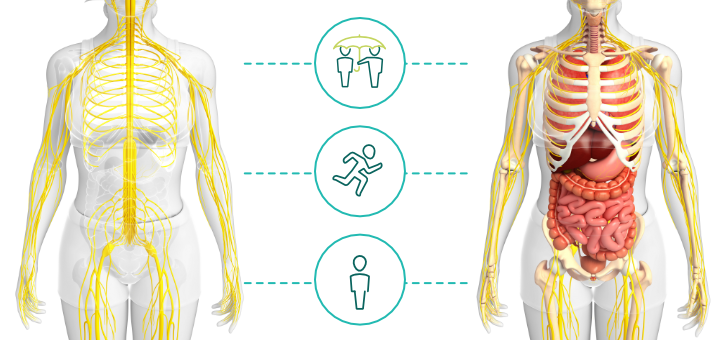
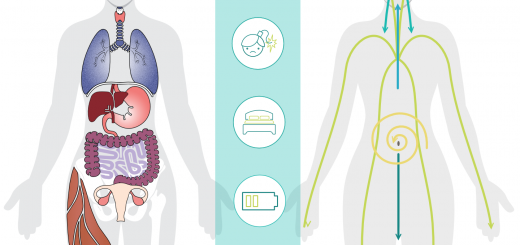
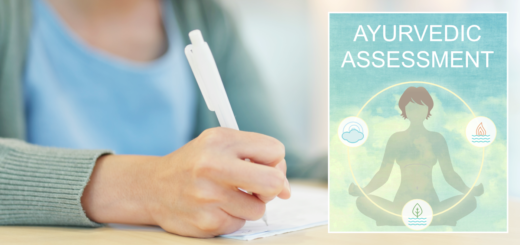
















Hello Olga, thank you for this great post. I enjoy your articles very much and appreciate your generosity in sharing your knowledge and understanding of yoga as a healing practice. It is refreshing to see such a holistic approach, and to be reminded in a positive way that yoga is much more than asana. Namaste, Lynda.
Thank you so much for your comment, Lynda, it means a lot to me! It’s a relief to hear that other teachers are also interested in aspects of yoga beyond asana 🙂
Thank you interesting